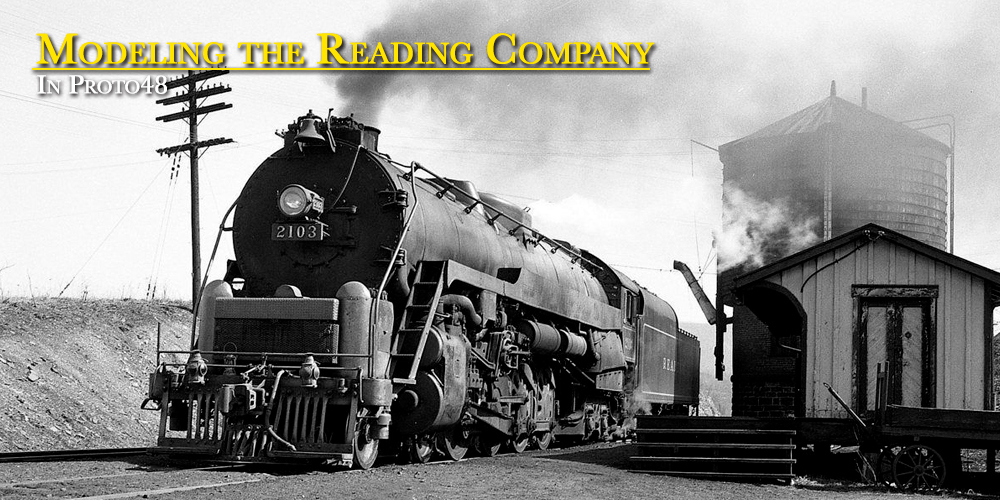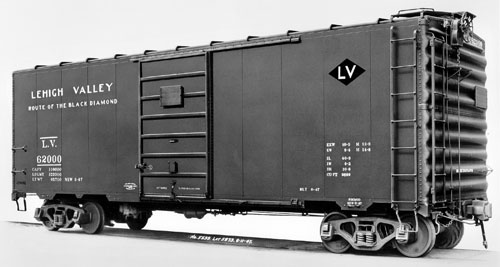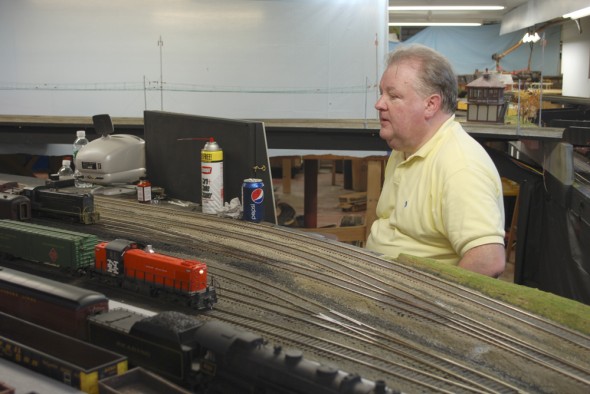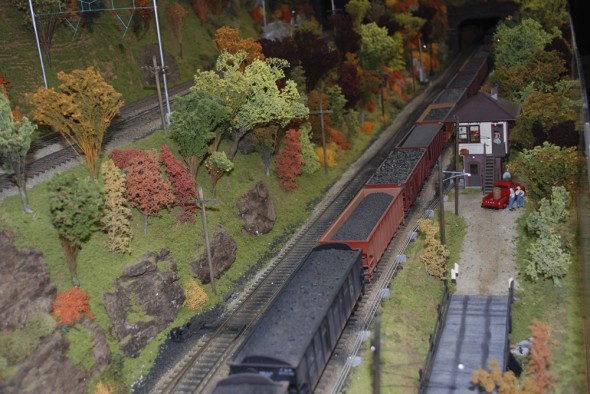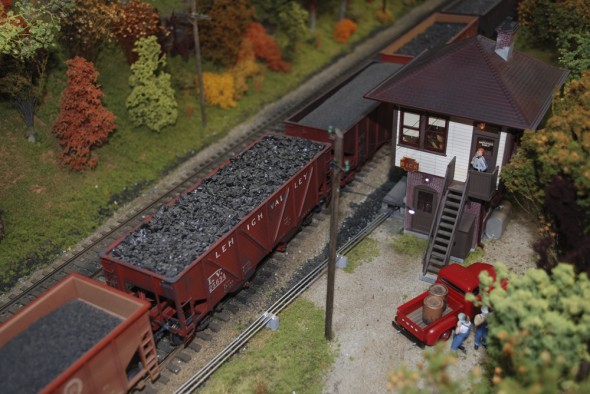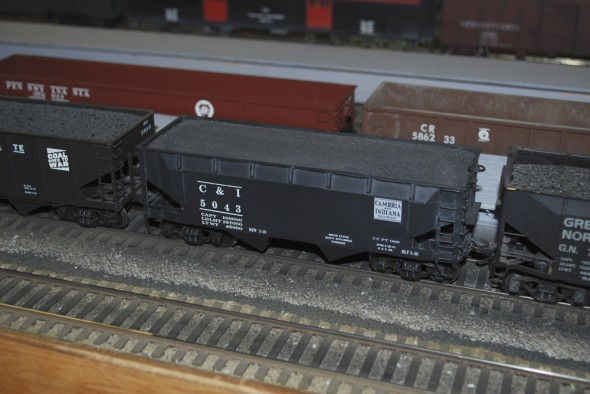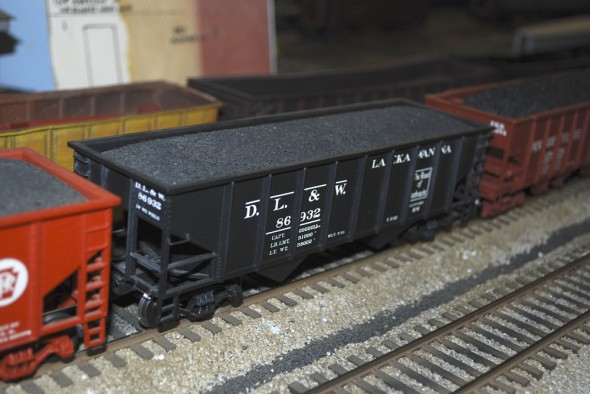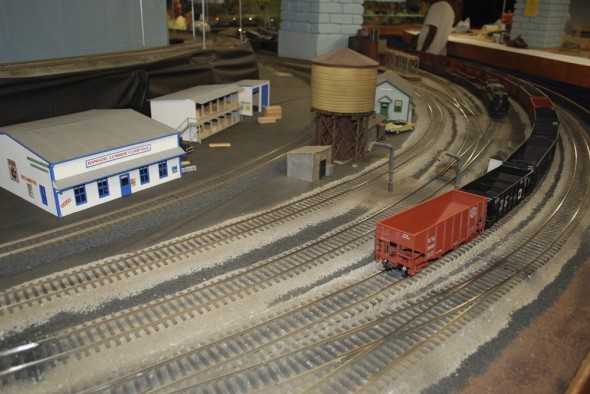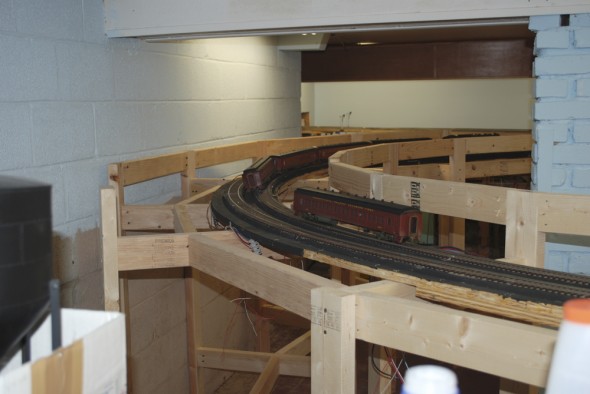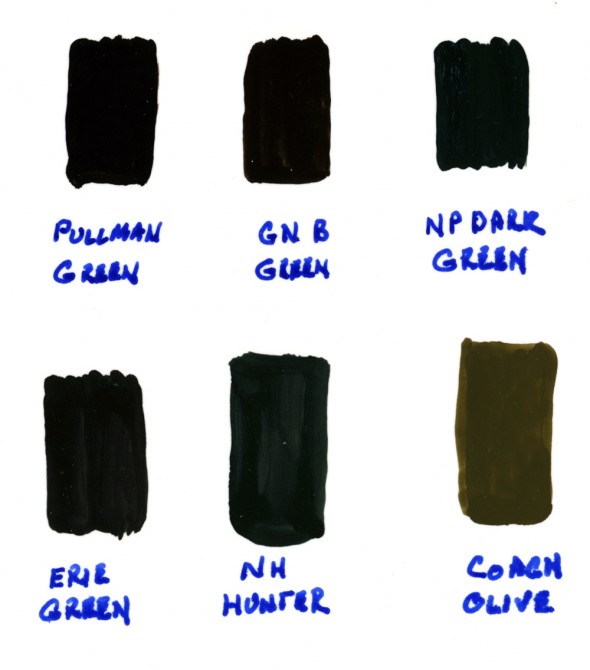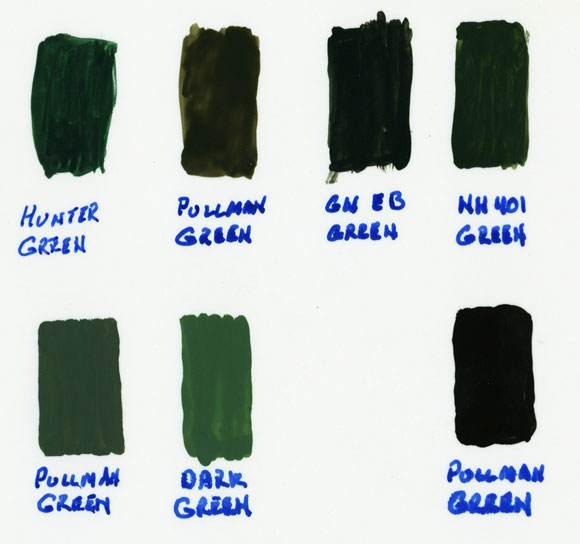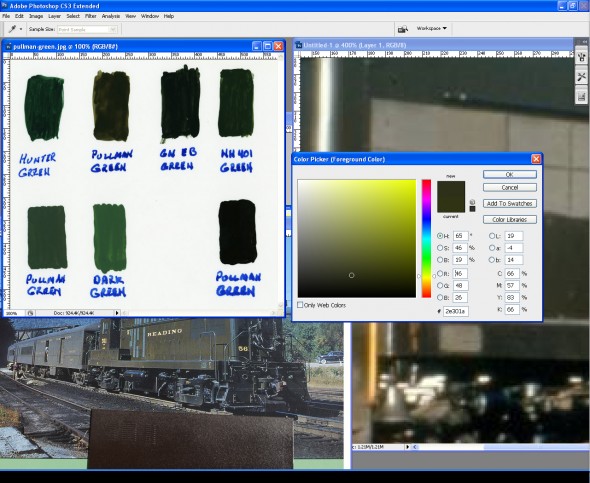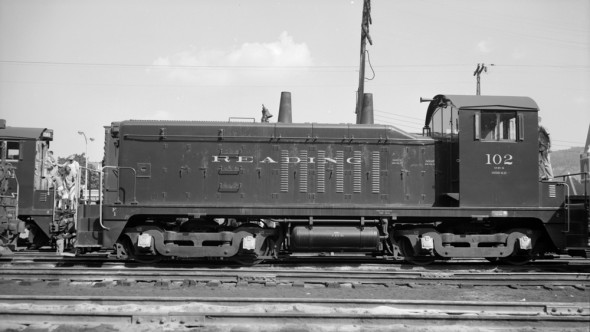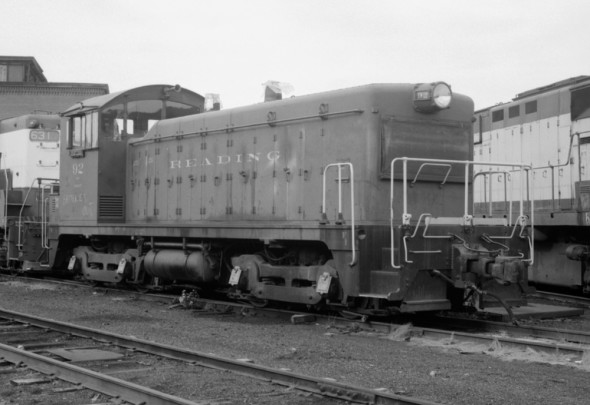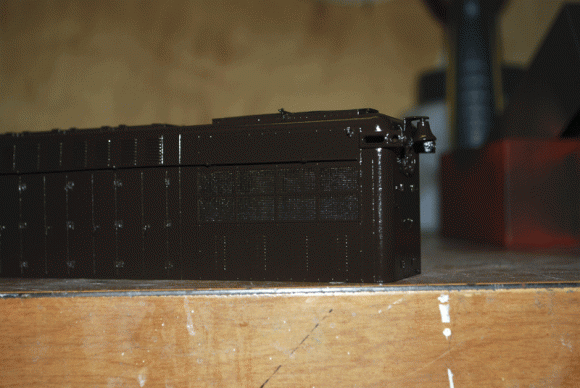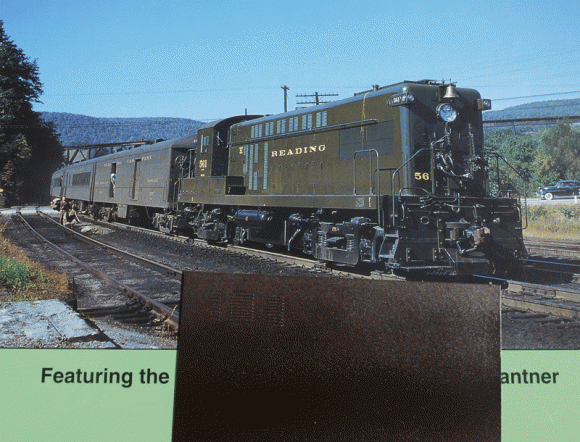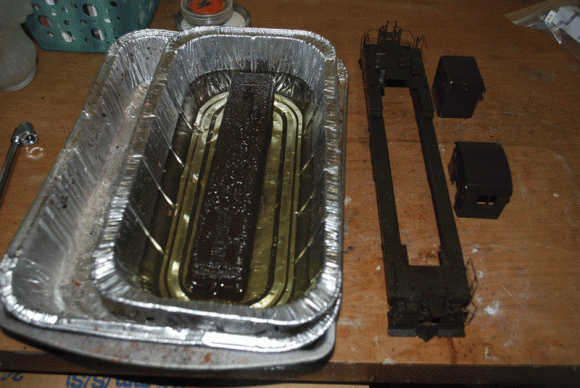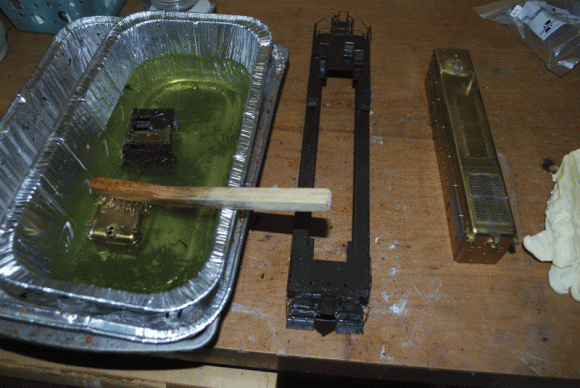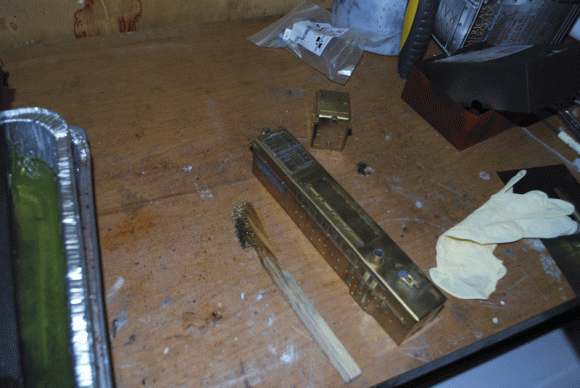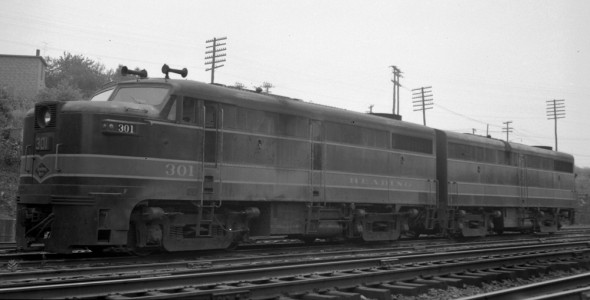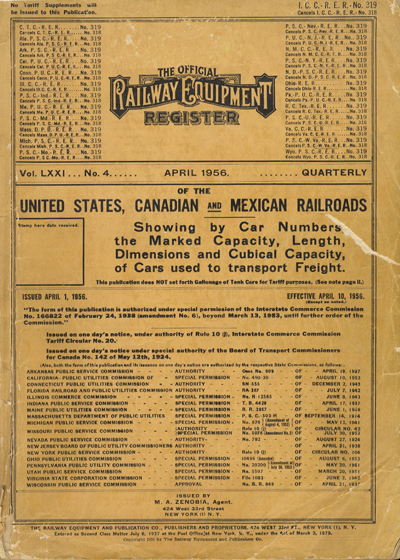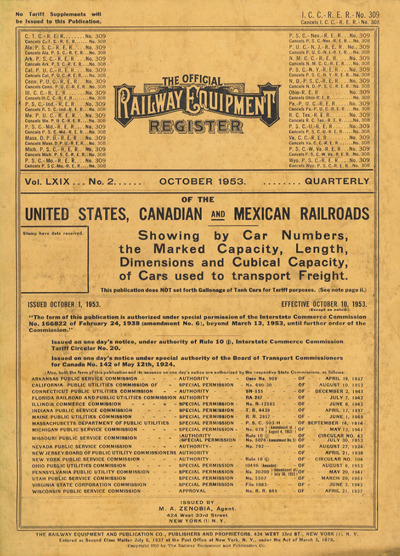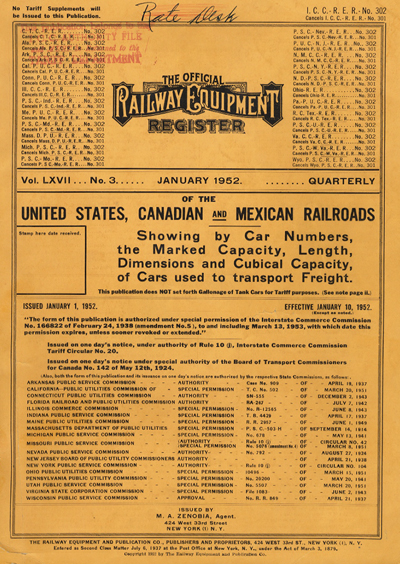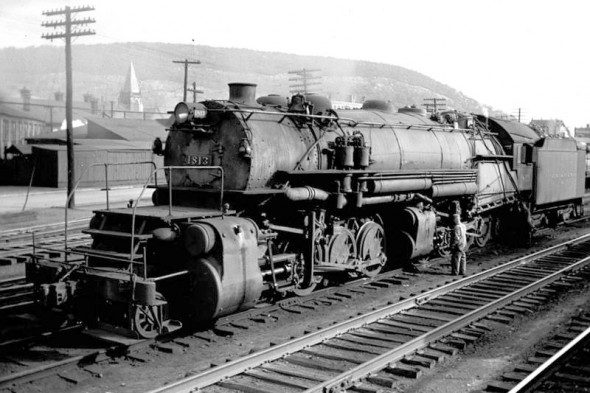
Reading N1-sc 1813 in an as-built look.
Bert Pennypacker speaks about the Reading Mallets 2-8-8-2 in his Mainline Modeler article on the K1’s. They were built by Baldwin beginning with six locomotives received in 1917. Two additional orders brought the fleet up to 31 locomotives by 1919 and were classes N1-sa/b/c. They were numbered 1800-1830, with 55.5 inch drivers and 98,400 lbs of tractive force.
The mallets were distributed in different parts of the system, 11 were running between Hagerstown-Rutherford-Allentown, two were assigned to Reading as Temple Hill pushers, and the rest were were distributed through the coal regions, West Cressona, St.Clair, Tamaqua, Gordon and Shamokin. The locomotives assigned to pusher duties were given small capacity tenders, 8,000 gallons and12.8 tons of coal. While the road mallets were given larger tenders with 11,000 gallon and 18 ton capacity. Wages were cheap and pusher runs were short, no need for big tenders.
It was said of the Mallets that they could pull anything slowly. The Reading most not have been totally happy with the speed of the N1’s in road service. Beginning in 1927, locomotives #1800-1810 (11) were rebuilt into the K1 2-10-2 locomotives. They were only ten years old at the start of the project. Their boilers were reused and most of their parts in the rebuilding project.
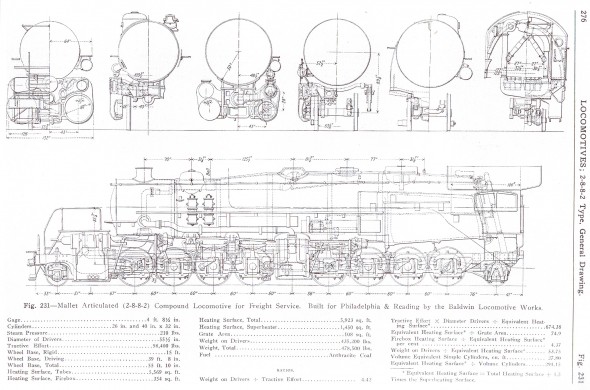
Reading N1 drawing from Locomotive Cyclopedia
Then in 1930 the railroad began converting the mallets from compound to single expansion cylinders. They were re-classed as N1-sd. The big delivery pipes on the side of the smoke box are an indication of the converted locomotives. All the N1’s were converted by 1945. They also had their trailing trucks removed between 1940-1944.
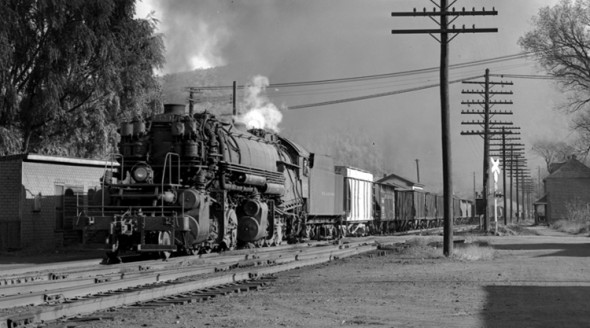
- Reading N1-sd moving a train in coal country.
In the late 1940’s ten N1-sd’s received new smoke boxes and cross-compound air pumps relocated onto the smoke box front. The locomotive that had the forward mounted air pumps were numbered; 1811, 1812, 1817, 1820, 1822, 1823, 1826, 1828, 1829 and 1830.
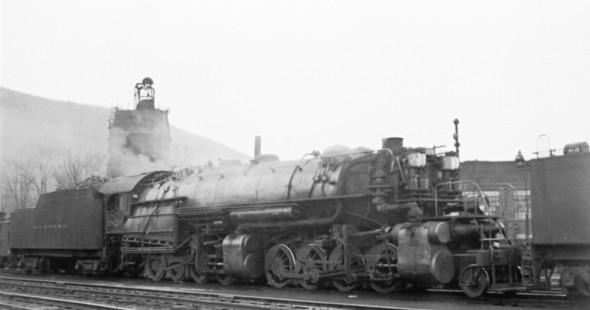
Reading N1-sd sporting air pumps on the smoke box
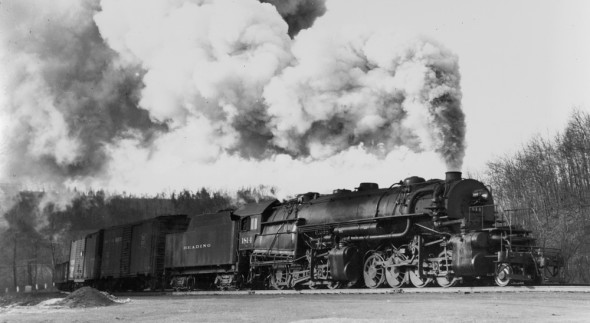
Reading 1814 N1-sd on the move.
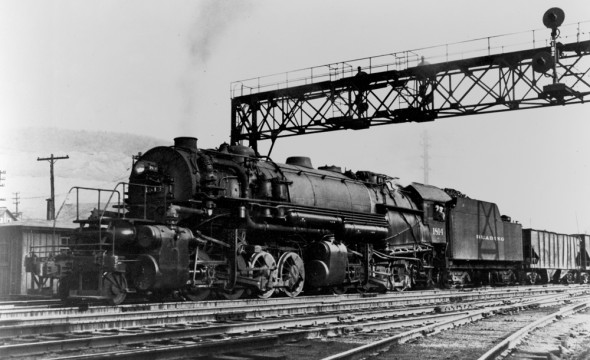
Nice to have both sides of Reading1814 here at Tamaqua, PA.
References:
Mainline Modeler, May/June 1981 – “Reading 2-10-2 It should have been a Texas” by Bert Pennypacker
Reading Steam Pictorial
Photograph’s from George Losse Collection scanned from prints and/or original negatives.
